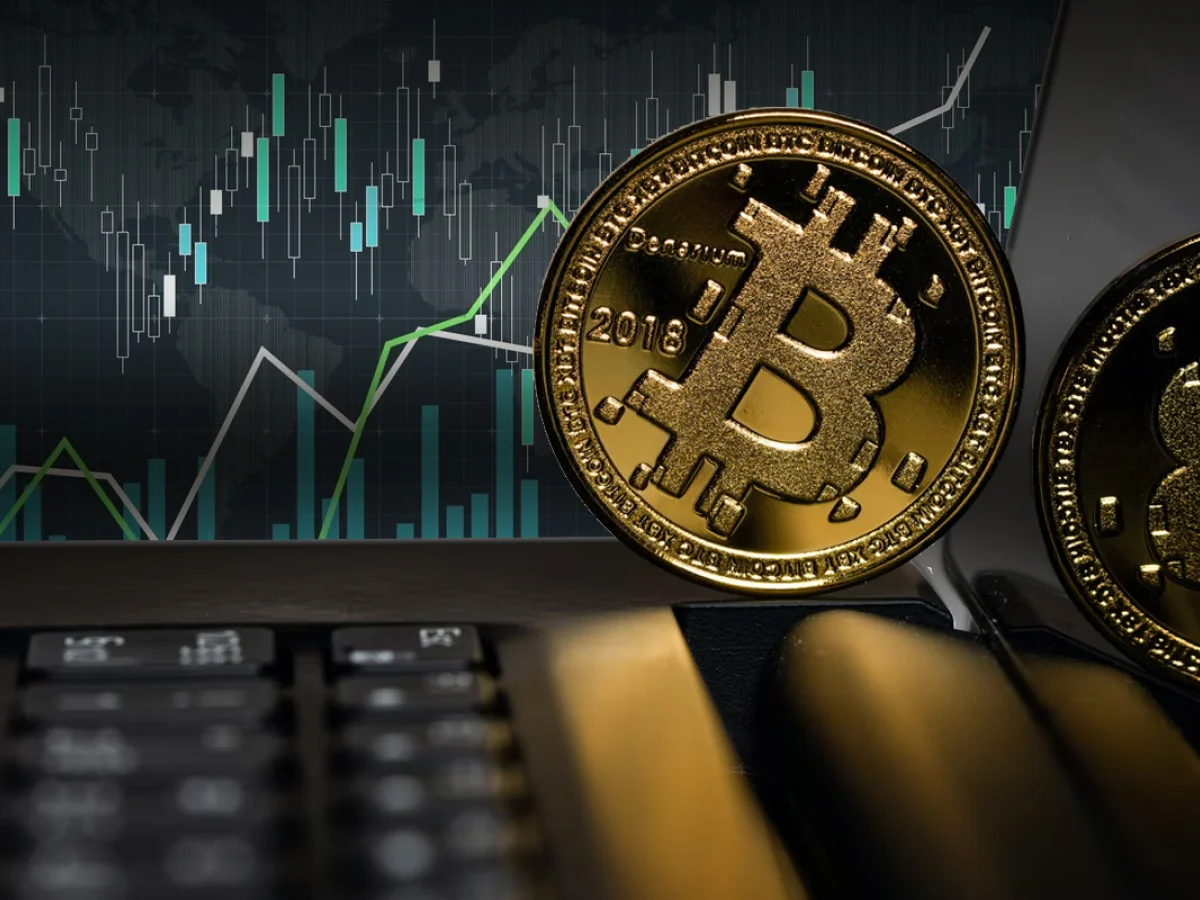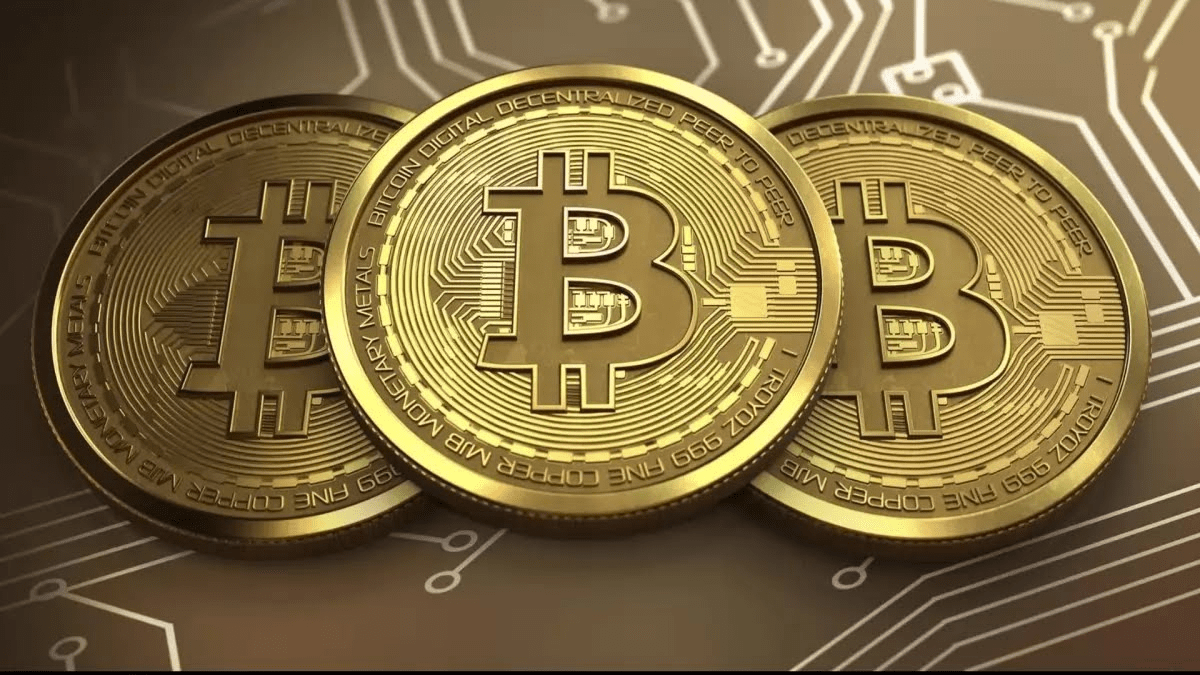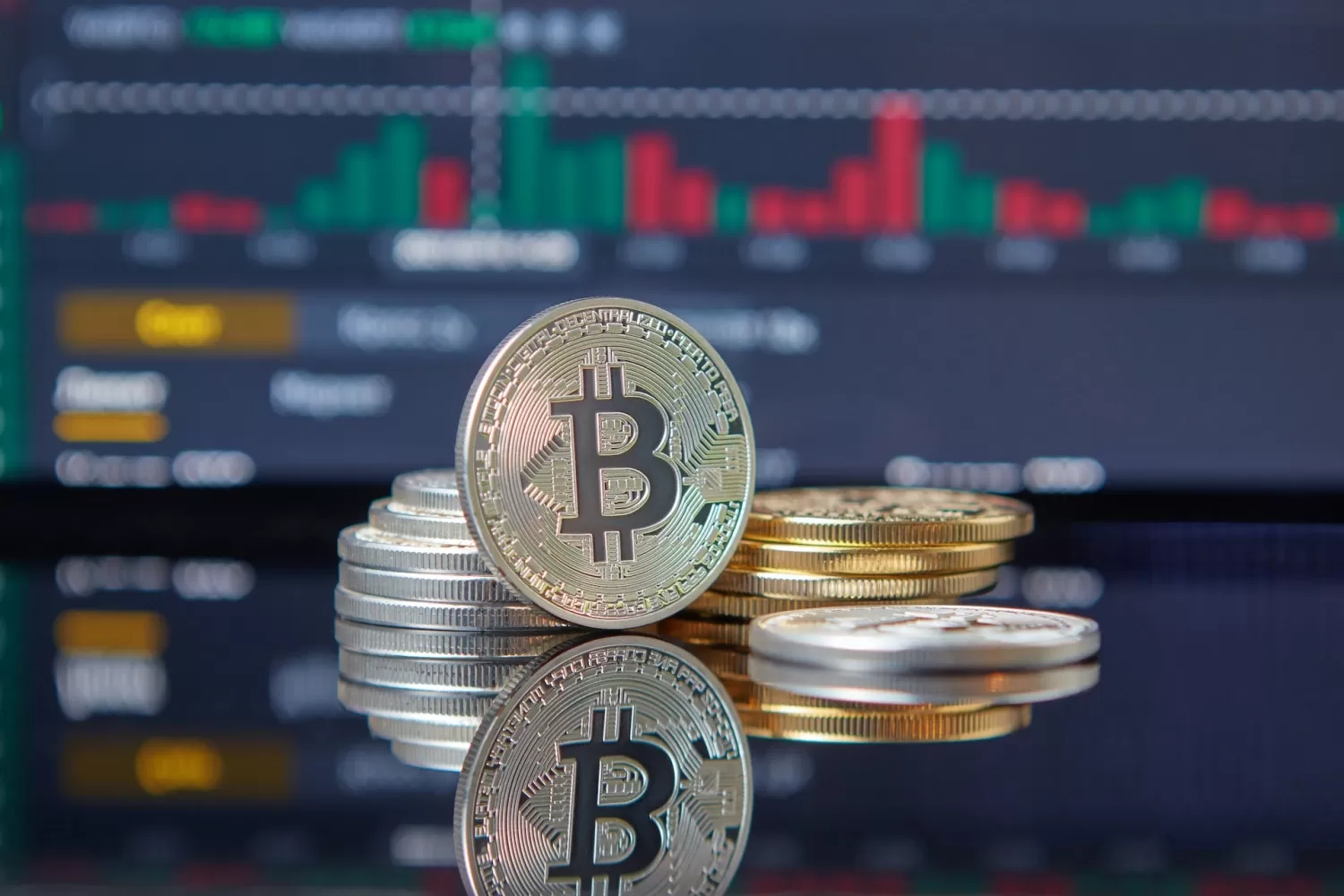Cryptocurrency trading has become a mainstream financial option, making sites like Binance popular. As a top cryptocurrency exchange, Binance offers margin trading. Profits and losses can be magnified in margin trading by borrowing funds. For those considering entering cryptocurrency and Bitcoin margin trading in 2025, this tutorial will outline Binance’s margin trading, its benefits and hazards, and how to start.
Margin Trading in Cryptocurrency on Binance
Traditional finance gave rise to the idea of margin trading, in which traders borrow money to make larger trades. In order to open greater positions than their account balance would permit, traders can borrow money from an exchange. As a result, they may potentially make more money than they would if they only used their own money. It does, however, also raise risk because losses are thus magnified.
With a few exceptions, margin trading functions similarly in the bitcoin setting. In order to trade altcoins or well-known cryptocurrencies like Bitcoin (BTC), traders can borrow money on sites like Binance. With Binance, traders may profit from both rising and falling markets because it allows both long and short options. Many traders find margin trading appealing since it allows them to trade in both directions, particularly in the erratic cryptocurrency market.
How Margin Trading Works on Binance?
In order to expand the amount of their position, traders can borrow money from Binance, which is how margin trading operates on the platform. Binance allows traders to borrow assets in return for collateral, which they promise to guarantee the loan. The amount borrowed dictates the trader’s leverage, and the platform charges interest on the borrowed money.

For instance, you can trade up to $10,000 worth of bitcoin if you have a $1,000 balance and utilize 10x leverage.You must repay the loan plus interest. Margin account collateral will support your borrowed position. If the asset traded against your position and collateral falls below a threshold, the platform may liquidate your position to refund the borrowed cash. Margin trading is risky since a sharp market turn can produce big losses.
Leverage and Collateral in Margin Trading
Leverage is Binance’s margin trading tool. When compared to your margin account collateral, leverage decides how much greater your position can be. Binance allows you to borrow up to 125 times your collateral. Greater leverage improves profitability but also increases the risk of large losses.If you use 10x leverage to acquire Bitcoin and the price rises 1%, you’ll profit 10%.
Conversely, a 1% Bitcoin price drop is a 10% loss. To avoid liquidation if your position loses more than your collateral, leverage must be carefully managed.Collateral and leverage are crucial to margin trading. Depositing cash into your Binance margin account as collateral secures the borrowed monies. Keeping enough funds in your account to avoid a margin call or liquidation protects your collateral if the trade goes wrong.
Isolated vs. Cross Margin on Binance
Binance enables isolated and cross margin trading. Each method has pros and cons, so traders should pick one that fits their risk tolerance and plan.Isolated margin separates trade collateral. This limits the collateral risk for a position. If your transaction is liquidated, just the collateral for that position will be forfeited, leaving your other positions unaffected.

This strategy is safer for traders who want to minimize risk.Cross margin, however, uses your full margin account amount as collateral for all transactions. This allows you to handle many positions but increases risk. If one investment liquidates, other funds can replace the loss. Cross margin allows for price changes but puts your entire margin account at danger, requiring careful risk management.
Risks of Margin Trading on Binance
Before starting, traders must grasp margin trading’s hazards. Liquidation is a major risk. Binance will automatically sell your position to cover the borrowed cash if the market swings against you and your collateral value drops below a particular threshold. This could wipe out your initial investment.Margin trading interest and fees are another danger.
Interest is levied on loans based on quantity and duration. If you utilize significant leverage, interest costs might soon eat into your profits. Thus, interest charges must be considered while computing returns.The volatility of cryptocurrency markets can generate profit possibilities, but abrupt price movements can also cause significant losses. Margin traders must watch their positions closely, especially in fast-moving markets.
Starting Margin Trading Bitcoin on Binance
In order to start margin trading on Binance, you must first register for an account and finish the required identity verification steps. Depositing money into your Binance margin account is the next step. Your margin wallet will serve as collateral for loans, and you can add fiat money or bitcoin to it.
After funding your account, you can pick the trading pair and leverage you want to utilize. As you gain experience with the platform and margin trading techniques, it is advised that you begin with less leverage and progressively raise it. Always use stop-loss orders to protect your investments and control your risk.
Conclusion
Binance’s margin trading provides traders with an interesting way to raise the size of their positions and maybe boost earnings. It does have certain hazards, though. It’s crucial to comprehend the principles of leverage, collateral, and liquidation in order to be successful at margin trading bitcoin. With the right risk management techniques and market knowledge, margin trading can be a useful tool in your bitcoin trading toolbox. Trade sensibly at all times, and never take on more risk than you can bear.







